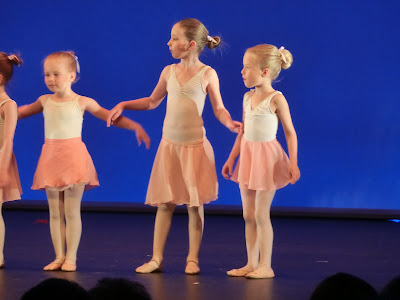The cry of the frogs was so loud. A lot of shrill ones a few some ‘creaky ones’ and one that croaked with a deep rat-a-tat-tat.
I had come along to a frog survey – part of the ACT’s bioblitz. The event hadn’t been widely advertised so I felt privileged to be amongst the 15 or so of us sat on the bank of the small pond (dam no.4) on Canberra’s Black Mountain.
Our guide had led us there from the car park and even though the rumble of lorries and cars going along Belconnen Way was still audible, we found ourselves sat in a little oasis of frogdom. I reckoned I counted three different croaks, others thought four. We sat for ten minutes or so and recorded the noise before walking round the pond to observe the little frogs who had been making such a noise. Some of them were tiny (barely bigger than a thumb nail) some more substantial, but none really much longer than a little finger.
Our guide talked us through the different sorts and we discussed their commonality, loss of habitat and whether we’d be able to get back to the car park without being attacked by drop bears!
Click here if you want to listen to the frogs!
Enthused by my encounter with frogs I took Eli (together with Amy's Dad, Ivor and brother, Ivor) along on Sunday evening to a bat census on the other side of black mountain. This time the animals would be flying and swooping rather than hopping.
I’d never really thought of Canberra as having bats – there’s a group of fruit bats who regularly nest in Commonwealth Park during summer (and whose arrival is met with a variety of joy or distaste depending on your point of view – they have bright green/yellow poo and cause damage to trees) but aside from that I don’t recall ever seeing any flitting around in the night sky. I was to learn though that there are something like 30 different species – mostly in the classification of ‘microbats’ who inhabit Canberra and its environs.
Our guide was a hugely knowledgeable guy called Michael Pennay who is the President of the Australasian Bat Society. Michael and his band of followers had set up five “harp traps” the previous evening and had caught around 30 different bats. They were now safely stored in small cotton bags.
One by one we got the bats out, Michael measured them, highlighted their differences to us and then re-bagged them. It was so interesting to see the small differences. Some with long ears, some with bigger mouths. Michael said a key identifier was often the bats’ penises which meant that often emailing bat experts created problems as spam filters often took over with the mention of the ‘p’ word!
After watching them for a while (Eli sat enthralled) we went to an area of open ground where we could release them. Many of us, including Eli, were armed with small sonar devices for tracking the call of bats (their sounds not audible to the human ear) and we released them into the darkening evening where many of them started instantly hunting the midges that flew around us. It was so interesting.
Afterwards we walked through the nearby woods trying to listen to other bats in the neighbourhood – everyone picked up lots of activity on their devices.
It was a fascinating evening. We walked back to our car around 8.30, reflecting on our evening spent with bats and Eli full of stories which he was keen to tell his big sister. Mine was only a brief encounter with bats and frogs, but so worthwhile and I hope I get more time to learn about them and see them again. Thanks ACT Government for making bio blitz possible!
 |
| Frogs in Dam 14 |
 |
| Michael Pennay allows us to come up close and personal with some microbats |
 |
| with our sonar devices |
 |
| Releasing the bats into the night (it was a lot darker than this picture looks!) |


























































